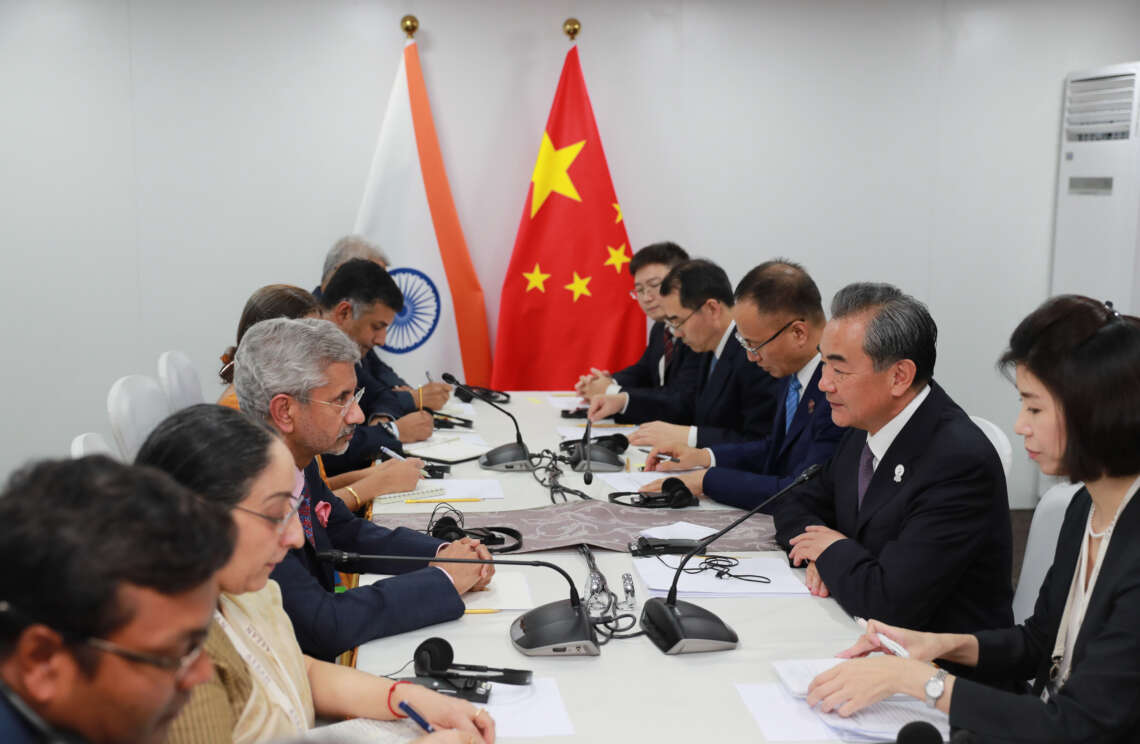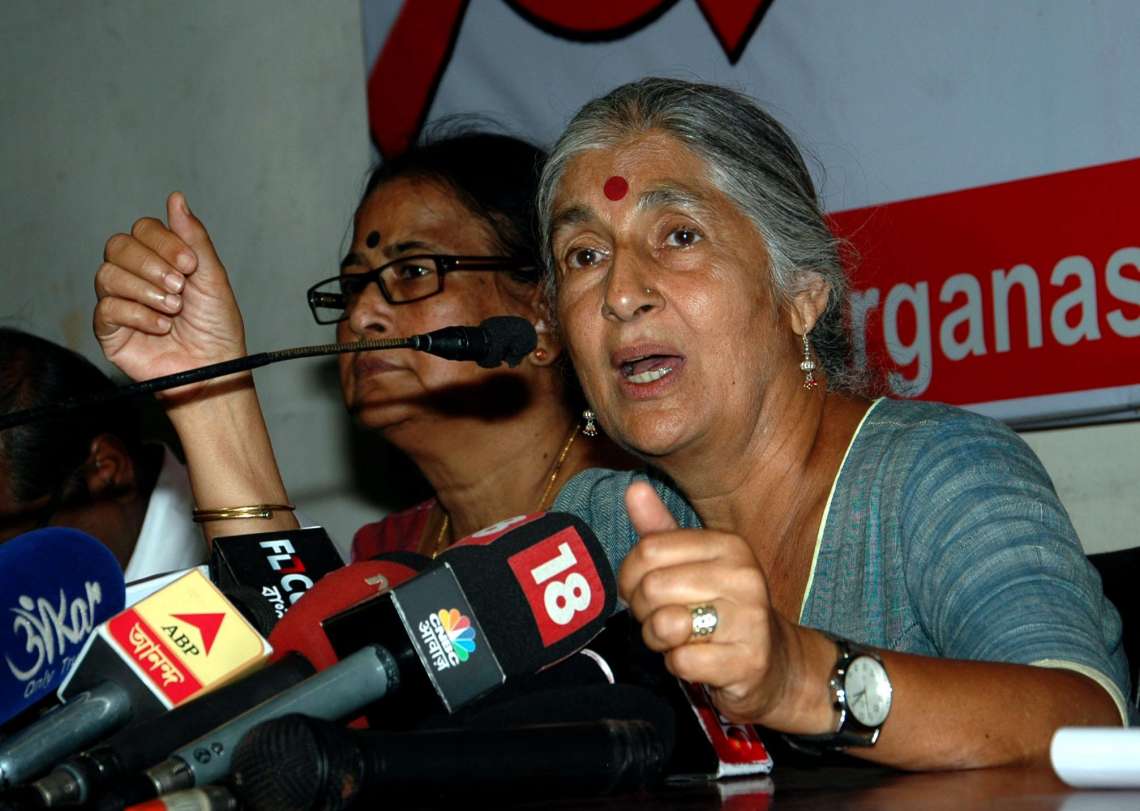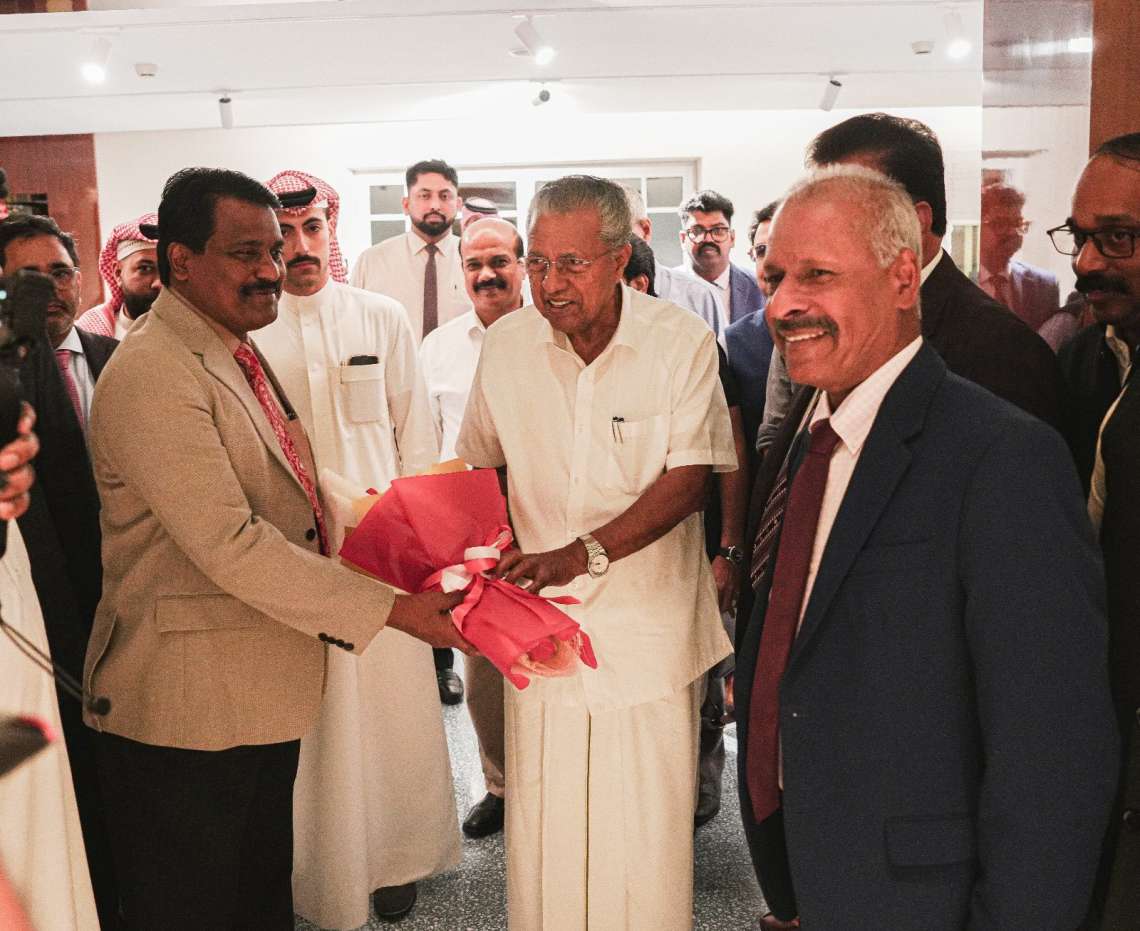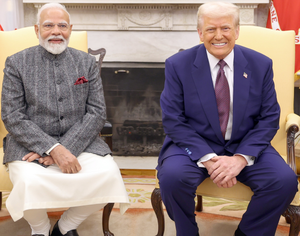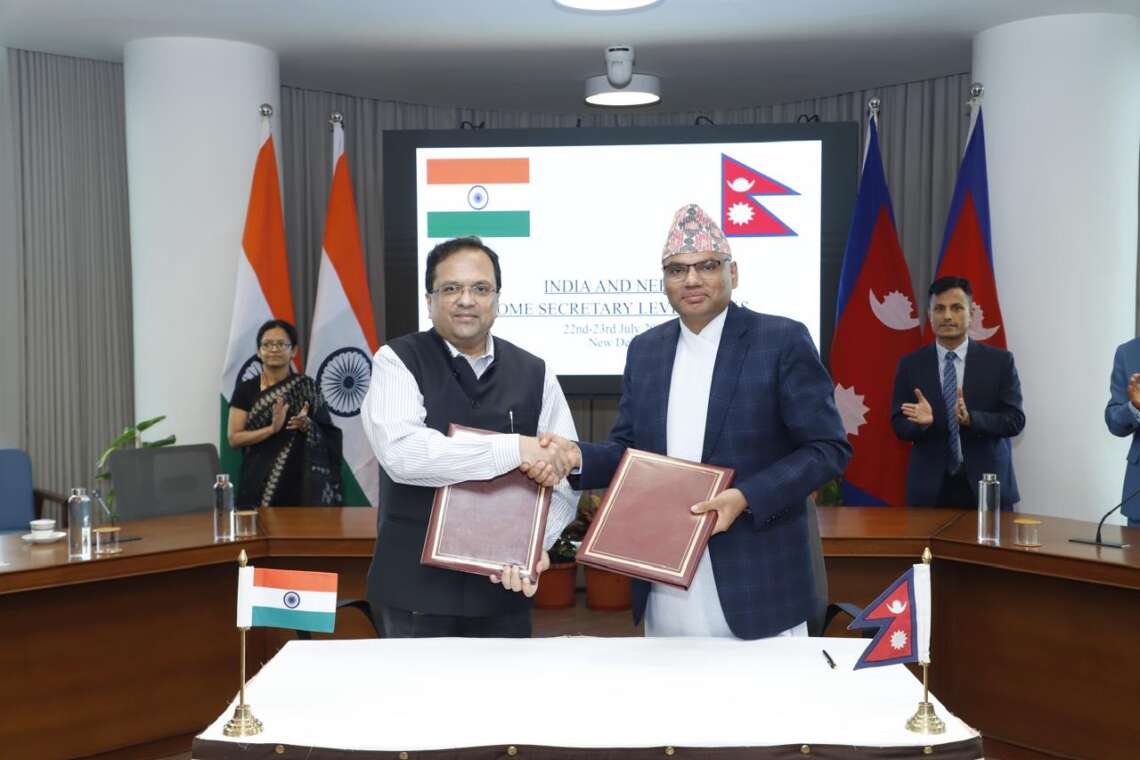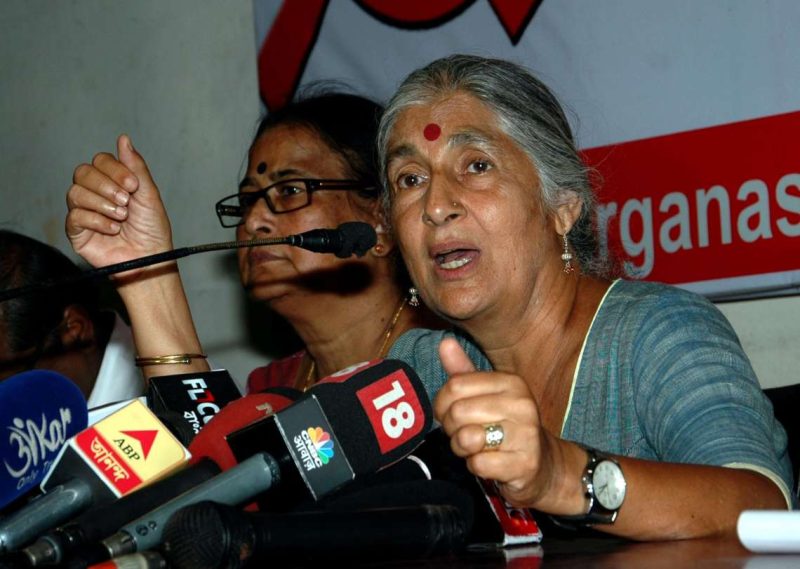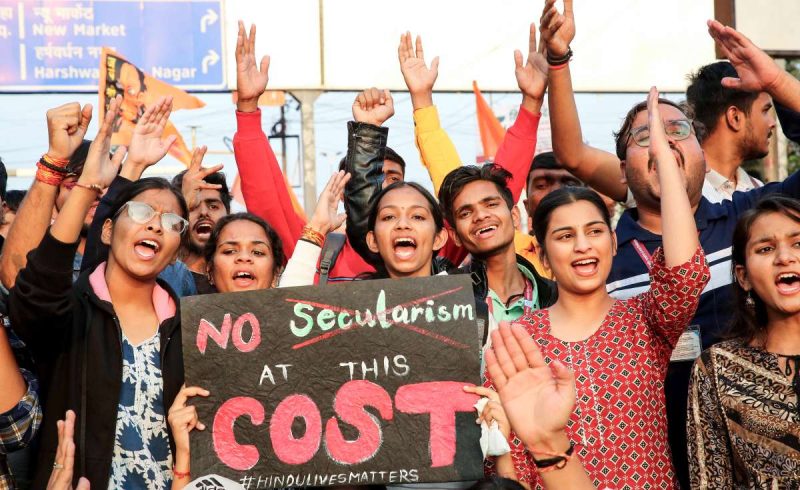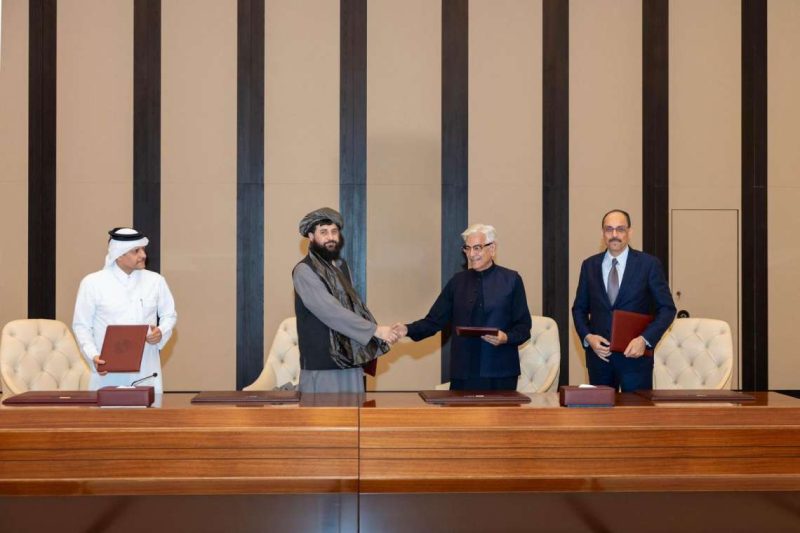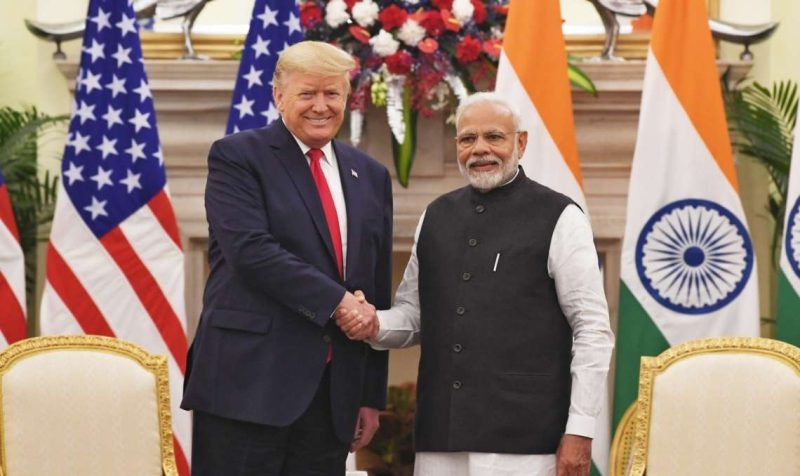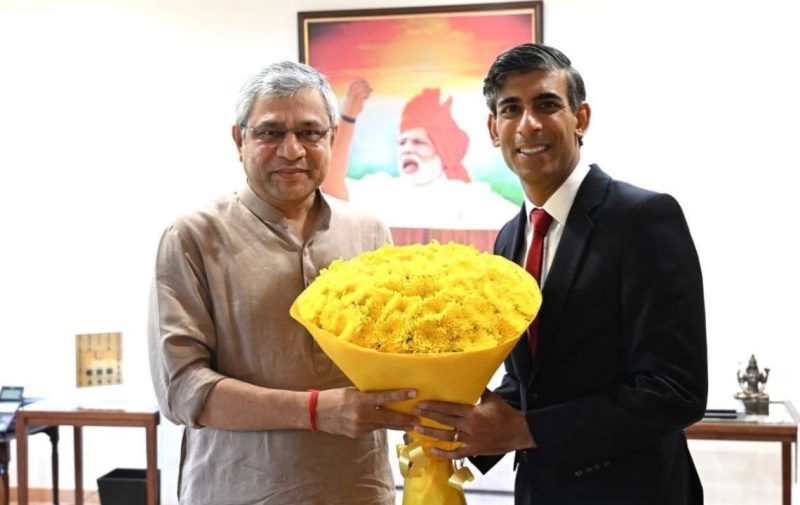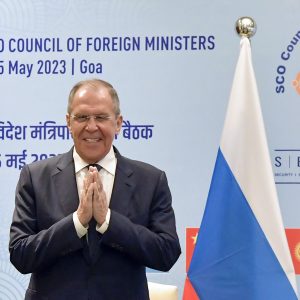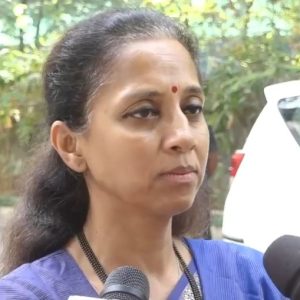India resumes tourist visas for Chinese nationals as both countries signal warming ties, with renewed dialogue, border stability, and people-to-people exchanges driving cautious diplomatic normalisation….reports Asian Lite News
In a significant step towards restoring pre-pandemic cross-border engagement, India has resumed issuing tourist visas for Chinese citizens, drawing praise from Beijing and signalling further thaw in bilateral relations strained since the 2020 border conflict.
The decision, which takes effect from July 24, was confirmed by Indian officials and welcomed by China’s Ministry of Foreign Affairs on Wednesday. In a post on X (formerly Twitter), the Chinese Foreign Ministry described the move as “positive” and said it would support the broader easing of travel between the two countries. “Easing cross-border travel is widely beneficial,” the ministry said, adding that Beijing “will maintain communication and consultation with India to further facilitate travel.”
The development follows a prolonged diplomatic freeze triggered by deadly clashes in the Galwan Valley along the disputed Himalayan border in 2020, where soldiers from both sides suffered casualties. That confrontation marked the most serious escalation in India-China relations in over four decades, leading to tit-for-tat measures: India imposed restrictions on Chinese tech investments, banned hundreds of Chinese mobile apps, and curbed passenger air traffic. China, on its part, suspended visa issuance to Indian nationals, citing COVID-related travel bans.
While China resumed business and student visas for Indian citizens in 2022 as pandemic restrictions were lifted, tourist visas remained off-limits. India, too, kept tight control over inbound Chinese tourist visas until now. Direct air connectivity between the two nations resumed only in March 2025, after a mutual agreement reached earlier this year.
Wednesday’s announcement coincided with the 34th meeting of the Working Mechanism for Consultation and Coordination on India-China Border Affairs (WMCC), held in New Delhi. Officials from both sides expressed satisfaction with what they called a “general prevalence of peace and tranquillity” along the Line of Actual Control (LAC), the disputed 3,800-km frontier that has long been a flashpoint.
The Indian delegation at the WMCC was led by Gourangalal Das, Joint Secretary (East Asia) at the Ministry of External Affairs, while the Chinese side was represented by Hong Liang, Director General of the Boundary and Oceanic Affairs Department.
In a statement, India’s Ministry of External Affairs (MEA) said, “The two sides reviewed the situation in the India-China border areas. They expressed satisfaction with the general prevalence of peace and tranquillity… and agreed to maintain regular exchanges and contacts at diplomatic and military levels.”
The MEA further stated that discussions focused on advancing effective border management, preparing the ground for the next round of high-level talks between Special Representatives from both countries, and reviewing progress since the last round of WMCC talks held in Beijing earlier this year.
In addition to formal meetings, Hong Liang, head of the Chinese delegation, also called on Foreign Secretary Vikram Misri. Officials familiar with the meeting noted that the resumption of visas was seen as a sign of goodwill, aiding people-to-people engagement and tourism recovery.
On the diplomatic front, the reopening of tourism is part of a wider effort by both sides to stabilise ties. Earlier this month, India’s External Affairs Minister S. Jaishankar met Chinese President Xi Jinping in Beijing during the Shanghai Cooperation Organisation (SCO) Council of Foreign Ministers gathering.
The meeting, Jaishankar’s first visit to China since the Galwan incident, included discussions on the trajectory of India-China relations. In a post on X, Jaishankar wrote, “Called on President Xi Jinping this morning in Beijing along with my fellow SCO Foreign Ministers. Conveyed the greetings of President Droupadi Murmu and Prime Minister Narendra Modi… Apprised President Xi of the recent development of our bilateral ties.”
Sources said that the minister stressed the need to resolve the remaining border frictions and called for mutual respect and withdrawal of troops from contentious areas. Jaishankar also underlined the importance of avoiding “restrictive trade measures” and reviving trust.
Despite incremental progress, core issues such as troop disengagement and final border demarcation remain unresolved. Diplomatic observers believe the resumption of tourist visas is a confidence-building measure that could help pave the way for more substantive talks in the months ahead.
India and China, both regional heavyweights and nuclear-armed neighbours, share complex ties shaped by competition, historical mistrust, and burgeoning trade relations. While strategic tensions remain, especially in the Indo-Pacific, both governments have recently shown signs of recalibration amid shifting global dynamics.
The London-based consultancy firm Capital Nexus noted in its latest geopolitical risk briefing that “modest but visible diplomatic signals — such as India’s reopening of tourist visas to Chinese nationals — reflect a broader realisation in New Delhi and Beijing that sustained hostility is counterproductive in an increasingly multipolar world.”
With the upcoming Special Representatives’ dialogue on the boundary issue expected later this year in India, and a more open stance towards travel, observers are watching closely to see whether the momentum can be sustained.
For now, the easing of travel restrictions marks a hopeful turn in a relationship often defined by standoffs, summits, and strategic suspense — a small but welcome step toward restoring a semblance of normalcy.


